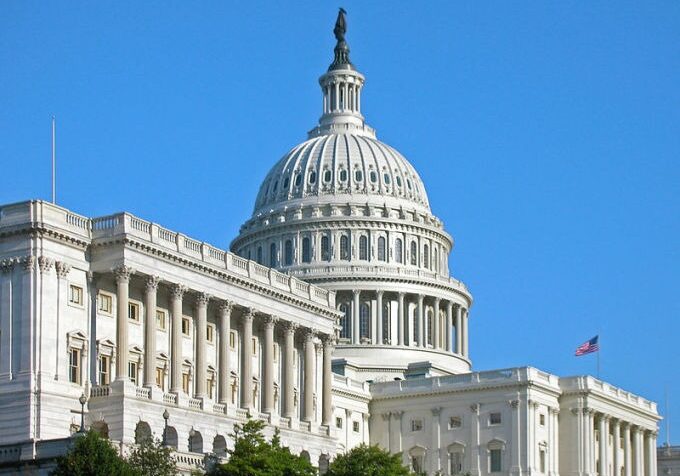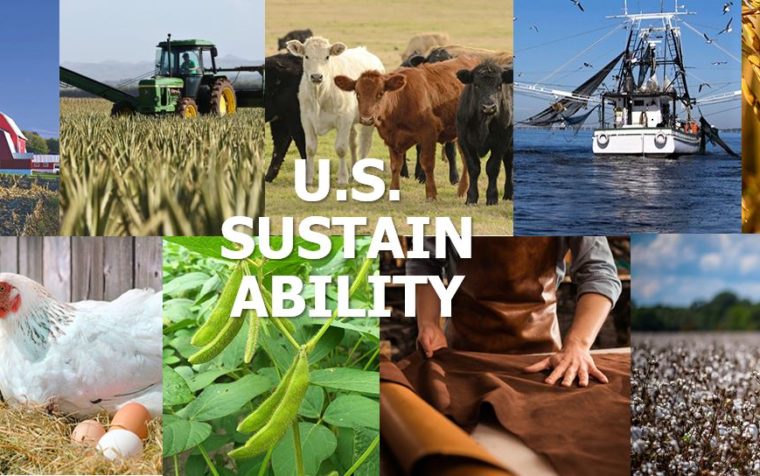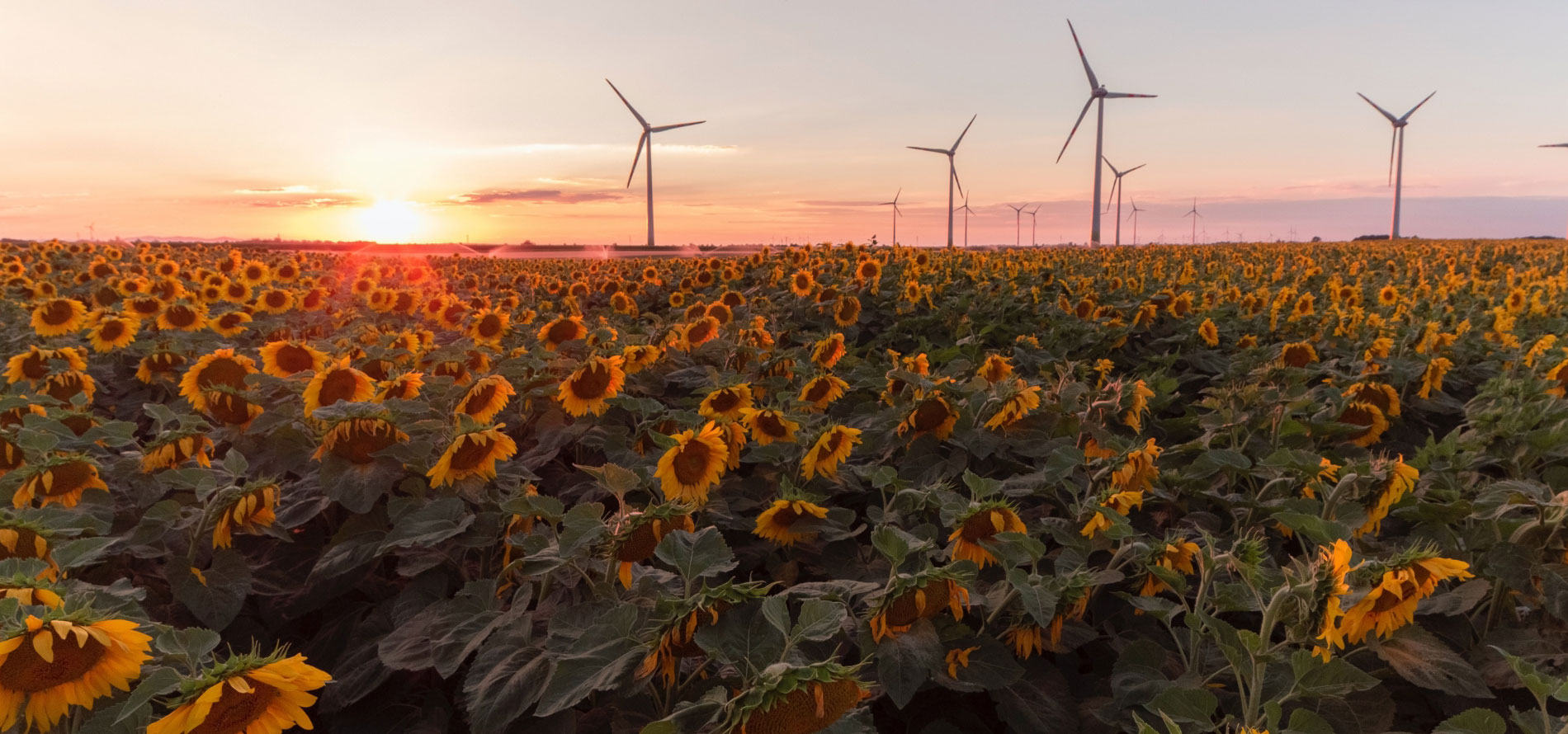USAEDC’s Commitment to Environmental Sustainability

USAEDC and its members are committed to environmental sustainability by supporting conservation programs and practices that protect natural resources across the United States. Countless families derive their wellbeing from the land, water and skies—and it’s our responsibility to protect them.
For more than a century, the United States government has been enacting legal protections to preserve its invaluable natural environments. These laws and regulations are constantly being adapted alongside the latest scientific innovations to ensure the U.S. agricultural community is contributing positively to worldwide sustainability efforts. As we continue to learn more about our human impact upon natural ecosystems and regional climates, our government, industry leaders, and local producers all make incremental changes to safeguard our planet and its renewable resources.
There are many U.S. environmental protection laws, regulations and policies that directly address agriculture’s effects on the environment and related topics, like worker safety, biodiversity, and the safety of genetically modified crops. Some of this legislation is listed below, organized by primary Cabinet department or independent agency:
Department of Agriculture
- Conservation Compliance, Conservation Reserve Program, Conservation Stewardship Program
- Environmental Quality Incentives Program, Agricultural Conservation Easement Program, Technical Assistance and Other Conservation Programs
- Coordinated Framework for the Regulation of Biotechnology
- National Organic Program
- Lacey Act
Department of Commerce
Environmental Protection Agency
- Clean Air Act (including air emission aspects of CERCLA and EPCRA)
- Clean Water Act
- Renewable Fuel Standard and Biofuels Policy
- Federal Insecticide, Fungicide, and Rodenticide Act
Department of Health and Human Services
- Food Safety Laws (including the Food Safety and Inspection Service regulations)
Department of the Interior
Department of Labor

Beyond conservation laws (at both federal and state levels) there are many additional USDA programs that provide financial and technical assistance for compliance with measurable sustainability targets, like reduced erosion and wetland preservation. Members who participate in these programs form part of The U.S. Sustainability Alliance, a group of American farmers, fishermen and foresters with shared values in sustainability practices.
Increasingly, industries are taking the initiative to be the change they wish to see. In 2006, Field to Market began organizing its own alliance of grower organizations, agribusinesses, conservation groups, universities, and food, beverage, apparel, restaurant and retail companies. Their collaborative effort benchmarks sustainability performance and demonstrates continuous improvement across the food value chain. See Field to Market’s 2020 Pest Management Report.
U.S. producers of agriculture goods aren’t all big businesses. According to the 2017 Census of Agriculture, 96% of the United States’ two million farms are family owned, 88% of which are small farms. These producers implement practices to improve water, soil, and air quality, while also reducing their operating costs. In recent years, farmers have invested in no-till and cover crop farming practices. In fact, there was a 15% increase in the number of farms using cover crops in just five years. Taking care of the wide range of environments across the United States is essential to providing the world with food, fiber, and fuel while preserving these resources and their native habitats for the next generation.
Primary source for this information about U.S. sustainability programs and practices: The U.S. Sustainability Alliance.

